Turkey is home to 17 UNESCO World Heritage Sites, thirteen of which are cultural sites and two of which are mixed. We have visited 12 of the UNESCO World Heritage Sites in Turkey: eleven on a Turkey road trip and we’ve explored the historic areas of Istanbul on many visits to the city. Of the 9 remaining Turkish UNESCO sites we have left to visit, 4 are in Eastern Turkey.
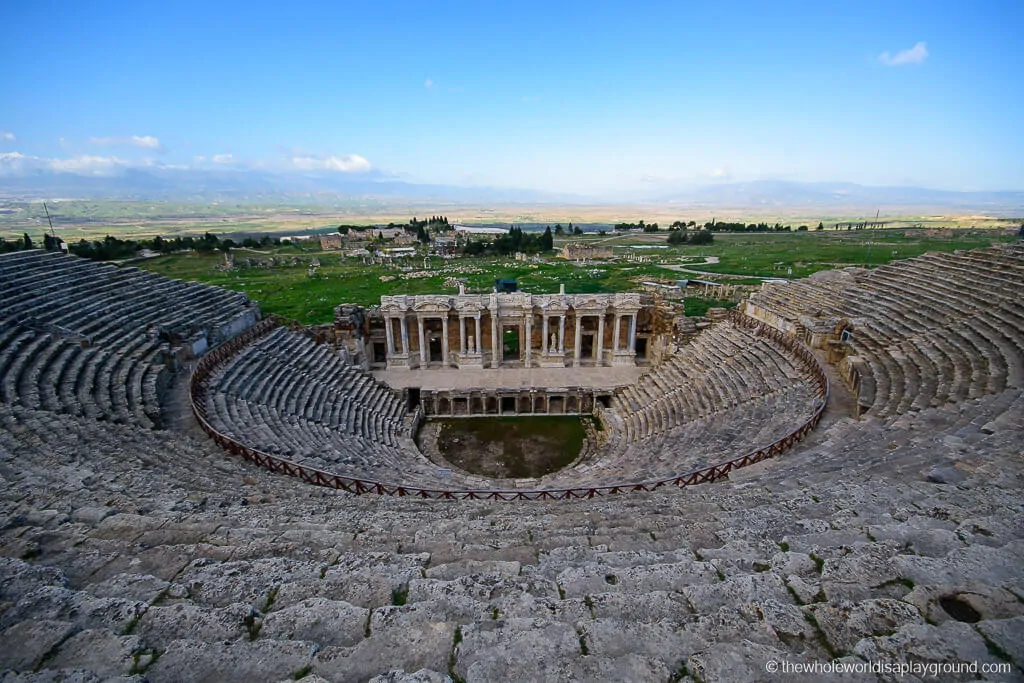
The 21 UNESCO World Heritage sites in Turkey
The UNESCO World Heritage Sites in Turkey and the year they were inscribed are:
- Aphrodisias (2017)
- Archaeological Site of Troy (1998)
- Bursa and Cumalıkızık: the Birth of the Ottoman Empire (2014)
- City of Safranbolu (1994)
- Ephesus (2015)
- Hattusha: the Hittite Capital (1986)
- Historic Areas of Istanbul (1985)
- Neolithic Site of Çatalhöyük (2012)
- Pergamon and its Multi-Layered Cultural Landscape (2014)
- Xanthos-Letoon (1988)
- Göreme National Park and the Rock Sites of Cappadocia (1985)
- Hierapolis-Pamukkale (1988)
- Archaeological Site of Ani (2016)
- Selimiye Mosque and its Social Complex (2011)
- Diyarbakır Fortress and Hevsel Gardens Cultural Landscape (2015)
- Nemrut Dağ (1987)
- Great Mosque and Hospital of Divriği (1985)
- Arslantepe Mound (2021)
- Gordion (2023)
- Göbekli Tepe (2018)
- Wooden Hypostyle Mosques of Medieval Anatolia (2023)
Hover over the map for the names of the sites:

UNESCO Turkey
UNESCO World Heritage Sites in Turkey
UNESCO Turkey tip: if you are planning to visit a number of UNESCO sites in Turkey it’s likely to be worth purchasing the Turkey Museum Pass. The pass is valid for 15 days, costs 210 Lira (around 50USD) and covers 300 museums and tourists areas affiliated to the Ministry of Culture and Tourism of the Republic of Turkey. They passes are sold at the ticket office of most of the UNESCOs and we used it extensively over a 15 day period in Turkey to enter sites such as Ephesus, Hierapolis, Hagia Sophia, the Chora Church, Troy and many more.
1 | Aphrodisias (2017)
The latest addition to Turkey’s UNESCO list, Aphrodisias was inscribed as a UNESCO World Heritage Site in 2017. The UNESCO listing consists of both the ancient ruins of Aphrodisias and the quarries which provided marble for the site. The small ancient Greek Hellenistic city was named after Aphrodite, the Greek goddess of love and the highlights include the monumental gateway leading into the site, the temple of Aphrodite which dates from the 3rd Century, the stadium which is one of the best preserved of its size and the museum which house the friezes from The Sebasteion building.
2 | Archaeological Site of Troy (1998)
With 4,000 years of history, the world famous archaeological site of Tory was immortalised by Homer in the Iliad as the site of the Trojan War. In an early beauty contest, Paris of Troy had to choose between the three beauties Hera, Athena and Aphrodite. Paris chose Aphrodite who had promised Paris the love of Helen, the Queen of Sparta. Paris’ subsequent abduction of Helen to Tory provoked the Trojan war. The site is designated a UNESCO due to its extensive remains which are considered the most significant evidence of the first contact between the civilizations of Anatolia and the Mediterranean world and Tory has inspired great artists throughout the world ever since.
3 | Bursa and Cumalıkızık: the Birth of the Ottoman Empire (2014)
Between 1335 and 1363 Bursa was the first major capital of the Ottoman State and was known as Hüdavendigar, or God’s Gift, during the Ottoman period. The UNESCO listing comprises 8 components, seven in Bursa and the nearby village of Cumalıkızık, which was founded as a vakıf village from public endowments. Bursa is renowned for its series of külliye, a complex of buildings associated with Ottoman architecture centred on a mosque. Some of the highlights of the Bursa UNESCO are the Ulu Camii Mosque and the Osman and Orhan Gazi Tombs.
4 | City of Safranbolu (1994)
The City of Safranbolu is an example of a typical Ottoman city with well preserved Ottoman architecture. The city played a key part in the caravan trade as the main commercial link between the Orient and Europe and this resulted in characteristic towns like Safranbolu developing along its route. Today, the city continues to exhibit typical Ottoman buildings and layout and there are 2000 traditional Safranbolu houses, which are the best examples of the traditional Turkish housing architecture. The UNESCO listing refers to three distinct historic districts of Safranbolu: Çukur, the marketplace area of the inner city, Kıranköy, and the Vineyards of Bağlar.
5 | Ephesus (2015)
The ancient Greek city of Ephesus was built in the 10th Century BC and contains successive settlements from the Neolithic, Hellenistic, Roman, Byzantine, Selçuk and Ottoman periods. The UNESCO listing comprises the Cukurici Mound, the Ancient City of Ephesus, the area of Ayasuluk
Hill including the Basilica of St John, the Medieval Settlement and the Temple of Artemis and the House of the Virgin Mary. Ephesus is a major place of Christian pilgrimage: it was one of the seven churches of Asia mentioned in the Book of Revelation, is believed to have been the last home of Mary the Mother of Jesus and the Gospel of John is reported to have been written in Ephesus The highlights are the magnificent Library of Celsus, the remains of the Temple of Artemis, one of the Seven Wonders of the Ancient World, the huge theatre and the excavation site of the terraced houses.
UNESCO Turkey tip: go early or late to avoid the huge crowds and the midday sun. We visited at opening and made a beeline for the Library of Celsus where we spent an incredible 30minutes enjoying one of the most iconic sites in the world all by ourselves!
6 | Hattusha: the Hittite Capital (1986)
Hattusa was the capital of the Hittite Empire, an ancient Anatolian people, in the late Bronze Age. The archaeological site is UNESCO designated due to its remarkable urban organisation, the temples, royal residence and fortifications that have been preserved and the ensemble of rock art at Yazilikaya (a separate site close to Hattusa). The highlights are the Lions’ Gate and the Royal Gate, the rock art and the Great Temple, the best-preserved ruin of a Hittite Temple from the 13th century BC.
UNESCO Turkey tip: Hattusa is a large UNESCO and, when we visited in 2018, visitors were able to self drive through the site and park close to the key structures.
7 | Historic Areas of Istanbul (1985)
With its long history Istanbul, once named Constantinople, was the capital of the Eastern Roman Empire and, subsequently, the Ottoman Empire. The Historic Areas of Istanbul are home to monuments from the Byzantine and Ottoman civilizations and display architectural achievements of successive imperial periods. Our favourites include the Blue Mosque, the harem at Topkapi Palace, Hagia Sophia and Chora Church.
8 | Neolithic Site of Çatalhöyük (2012)
Çatalhöyük was a large Neolithic city which was in existence from 7500 BC to 5700 BC. The site is comprised of two mounds which hold evidence of Neolithic occupation through excavation findings such as wall paintings, sculptures, tools and burial chambers in the mud brick houses. The taller mound contains eighteen levels of Neolithic occupation between 7400 BC and 6200 BC while the second shows the evolution of cultural practices in the Chalcolithic period from 6200 BC to 5200 BC. The site is presented as an archaeological dig and the structure of the houses are as they were discovered albeit supported by sandbags to prevent further erosion.
UNESCO Turkey tip: Many of the Çatalhöyük artefacts have been moved to the Museum of Anatolian Civilisations in Ankara which is also worth a visit for those interested in the site.
9 | Pergamon and its Multi-Layered Cultural Landscape (2014)
Founded in 281 BC, Pergamon was one of the most important cities of the ancient world and the Acropolis of Pergamon was the capital of the Hellenistic Attalid dynasty. It was bequeathed to the Romans in 133 BC and the landscape shows evidence of Hellenistic, Roman, Byzantine and Ottoman empires. The city housed theatres, gymnasiums, the Great Altar and the library. The UNESCO listing is made up of 9 locations which includes the site of the Acropolis, the Asclepieion healing centre and other Ottoman and Roman remains in the area. The Trajan Temple is impressive and the theatre, the steepest surviving Roman Theatre, is a highlight.
UNESCO Turkey tip: The Great Altar at Pergamon is on display at the Pergamon Museum in Berlin after the frieze was removed by German archaeologists in the late 19th Century.
10 | Xanthos-Letoon (1988)
The ancient city of Xanthos was the capital of Lycia and Letoon, a cult sanctuary of Leto and one of the most important religious centres in the region, is located nearby. The two sites make up a remarkable archaeological complex and are considered to represent the most unique surviving architectural example of the ancient Lycian Civilization, one of the most important cultures of the Iron Age in Anatolia.
UNESCO Turkey tip: Some of the monuments from Xanthos reside in the British Mmuseum, the most well known being the Nereid Monument and the Payava Sarcophagus.
11 | Göreme National Park and the Rock Sites of Cappadocia (1985)
One of the most magical UNESCO’s we ever visited on our travels, the other worldly volcanic landscape of the Goreme Valley was sculpted entirely by erosion. The valleys are filled with fairy chimneys and evidence of cave dwellings and underground cities as well as Byzantine art indicating human habitat as far back as the 4th Century.
UNESCO Turkey tip: this is one of the most extensive UNESCOs we’ve visited and we’d recommended spending a few days exploring Cappadocia.
12 | Hierapolis-Pamukkale (1988)
The ancient Greco-Roman city of Hierapolis was a thermal spa city located on the hot springs of Pamukkale, meaning cotton castle, in the classical kingdom of Phrygia. The ruins of Hierapolis ruins sit atop the natural site of Pamukkale and together they are designated as a UNESCO World Heritage Site. The mix of natural and ancient is still breathtaking today and the site was designated a UNESCO as a result of the striking combination of natural formation, the exceptional complex system of canals and the backdrop of Pamukkale to the Greco-Roman Hierapolis.
These are the UNESCO Sites in Turkey we are still to visit:
13 | Archaeological Site of Ani (2016)
Once the capital of the independent state of Bagratid Armenian, a kingdom which covered much of present-day Armenia and eastern Turkey, Ani is a ruined medieval settlement close to Turkey’s border with Armenia. Ani was located on many trade routes into Anatolia and was a commercial centre on the Silk Road. It was also the seat of the chief bishop and spiritual leader of the Armenian church and is known as the city of 1001 churches. Ani has many religious buildings, palaces and fortifications which were constructed using local volcanic basalt and were among the most technically and artistically advanced in the world. The UNESCO listing includes the citadel and the remains of various palaces and churches, the outer citadel, the area outside the city walls and the rock-carved structures on the Bostanlar Creek.
14 | Selimiye Mosque and its Social Complex (2011)
The Selimiye Mosque and Social Complex are located in Edirne. The mosque, commissioned by Sultan Selim II and built by renowned Ottoman architect Mimar Sinan between 1569 and 1575, dominates the skyline of Erdine. It is considered a highlight of Sinan’s career and is one of the most notable achievements of Islamic architecture. The complex includes Islamic schools, a covered market, a clock house, an outer courtyard and a library.
15 | Diyarbakır Fortress and Hevsel Gardens Cultural Landscape (2015)
The fortified city of Diyarbakır and the Hevsel Gardens Cultural Landscape is comprised of the Diyarbakır Fortress, a historical fortress, and the Hevsel Gardens, seven hundred hectares of fertile lands between the Diyarbakır Fortress and the Tigris River. The fortress consists of an inner castle and the Diyarbakır city walls and the Hevsel Gardens supplied the city with food and water.
16 | Nemrut Dağ (1987)
Perched on one of the highest peaks in south-west Turkey, Nemrut Day is a 2,134 metre high mountain where, in 62 BC, King Antiochus I of Commagene built a tomb sanctuary as a monument to himself. The tomb is flanked by huge statues of the King, two lions, two eagles and various gods, the heads of which are now scattered throughout the site. The mausoleum is one of the most ambitious constructions of the Hellenistic period and is a unique artistic achievement.
17 | Great Mosque and Hospital of Divriği (1985)
The Great Mosque and Hospital of Divrigi is a decorative mosque and hospital complex built in 1228 after Anatolia was conquered by the Turks at the beginning of the 11th Century. It is considered a masterpiece of Islamic architecture with its exuberant decorative structure.
18 | Arslantepe Mound (2021)
The Arslantepe Mound is an 8,000 year-old archaeological site added to the UNESCO World Heritage list in 2021. It is one of the largest mounds in Turkey and believe to have been home to numerous civilizations over the millenia.
19 | Gordion (2023)
The ancient city of Gordion is an early bronze age archaeological site that was home to the Phrygian civilization. Located in the central Anatolia it is one of the most important historical sites in Turkey.
20 | Göbekli Tepe (2018)
Göbekli Tepe is one of the most significant sites to be added to the UNESCO World Heritage list in recent years. It is home to the world’s first monuments and it is believed to have been established as far back as 10,000 years ago. The scale of the site is so large that it has been an active archeological dig for almost 25 years and the full excavation of the site may take decades to finish.
21 | Wooden Hypostyle Mosques of Medieval Anatolia (2023)
Turkey’s most recent addition to the UNESCO World Heritage list is the wooden hypostyle mosques of Anatolia. The inscription includes five of these wood mosques which were built in Anatolia around the 14th century.
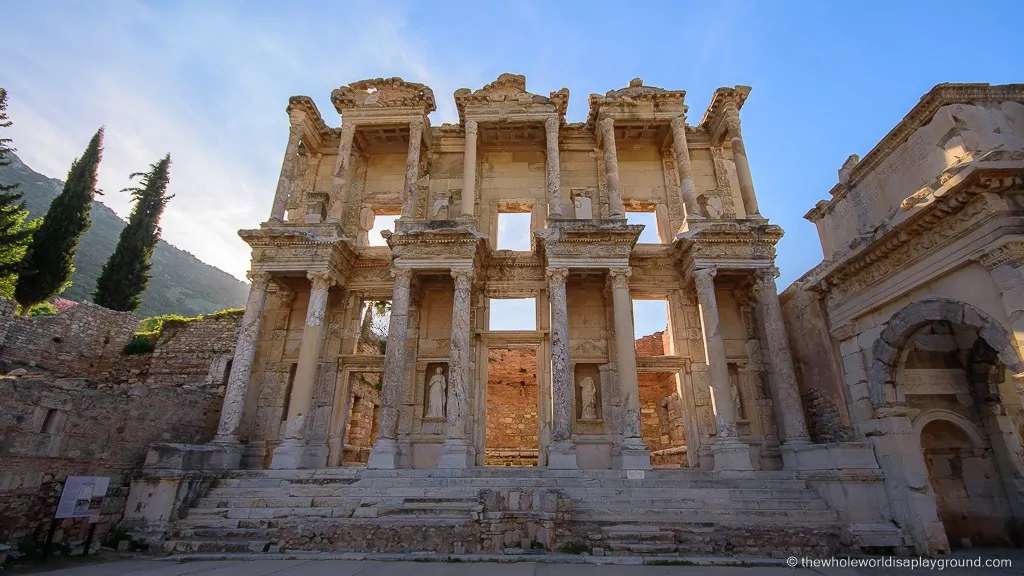
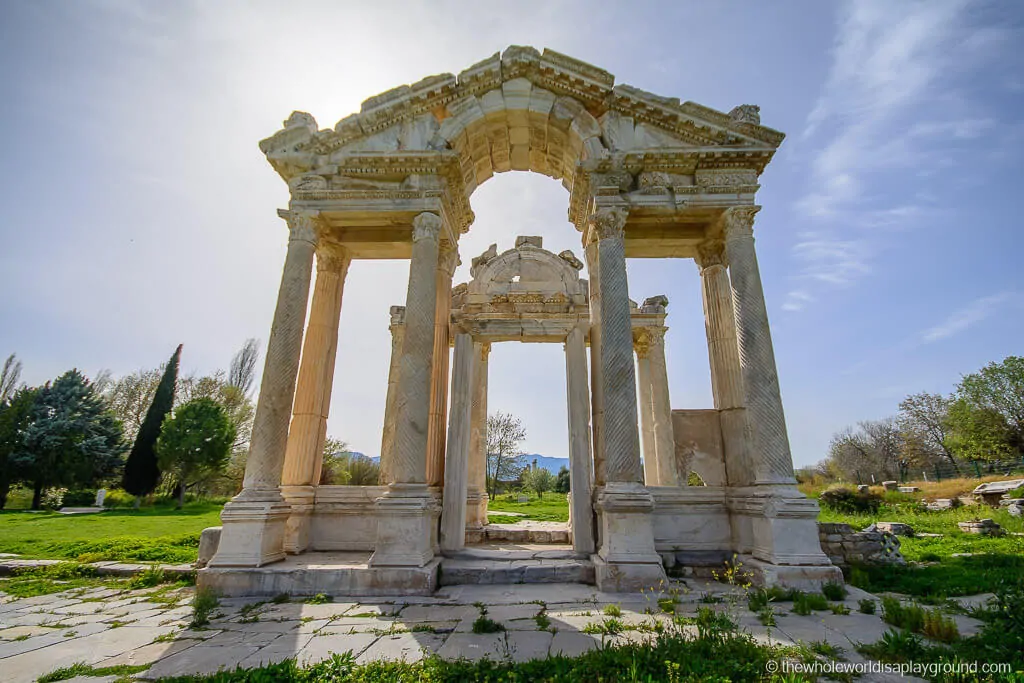
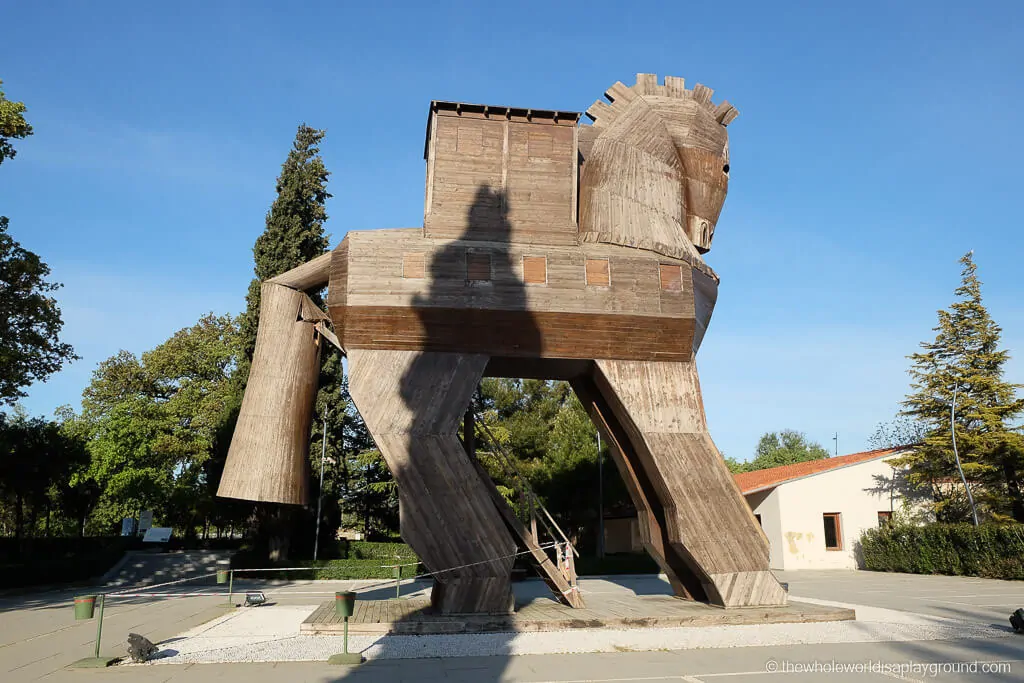
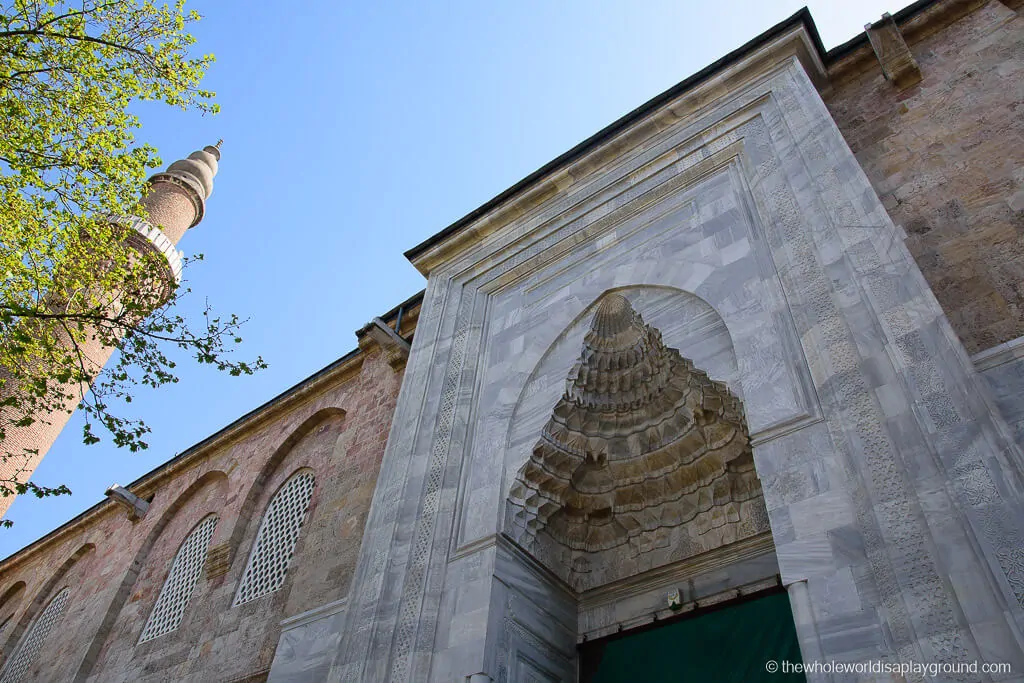
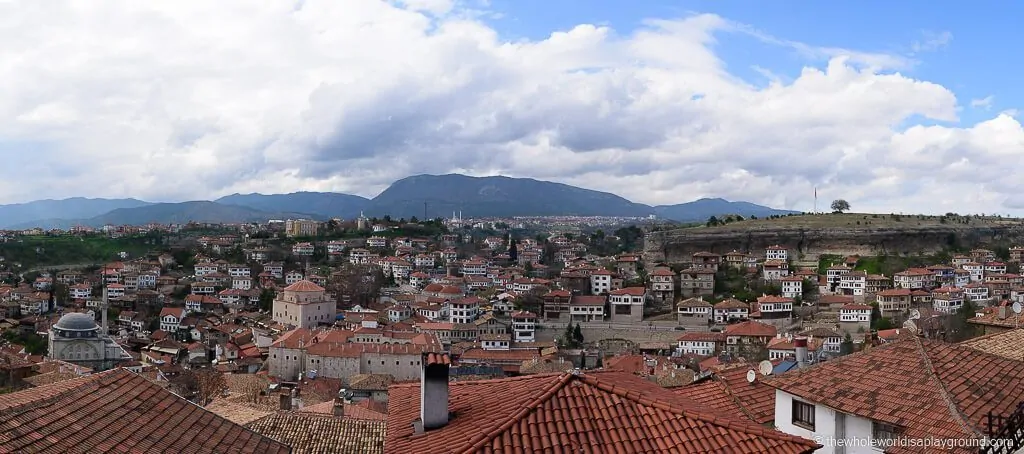
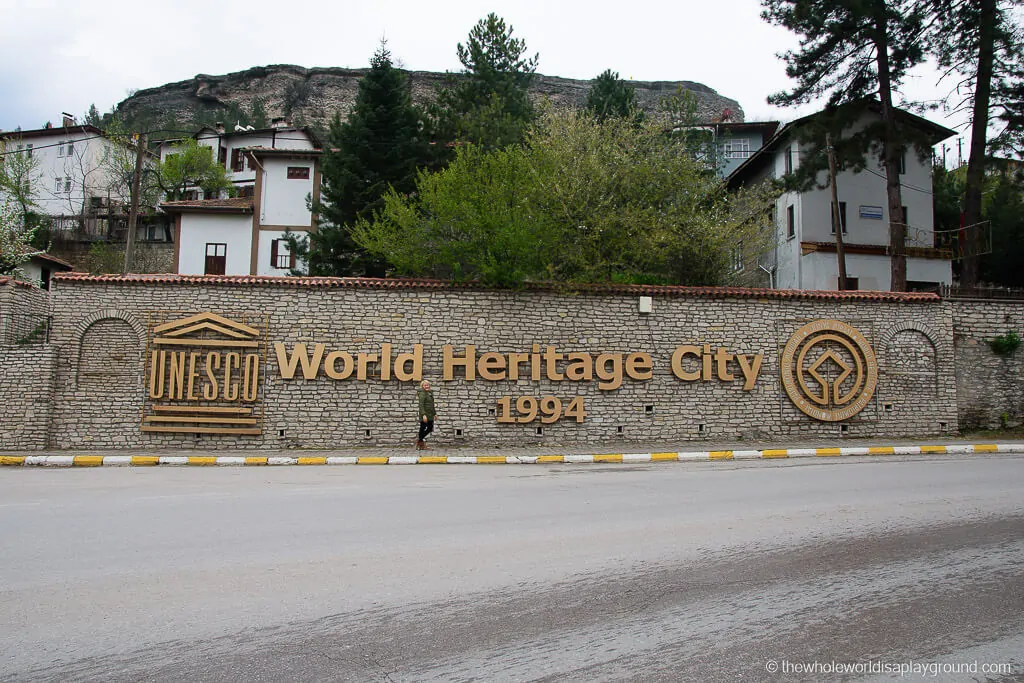
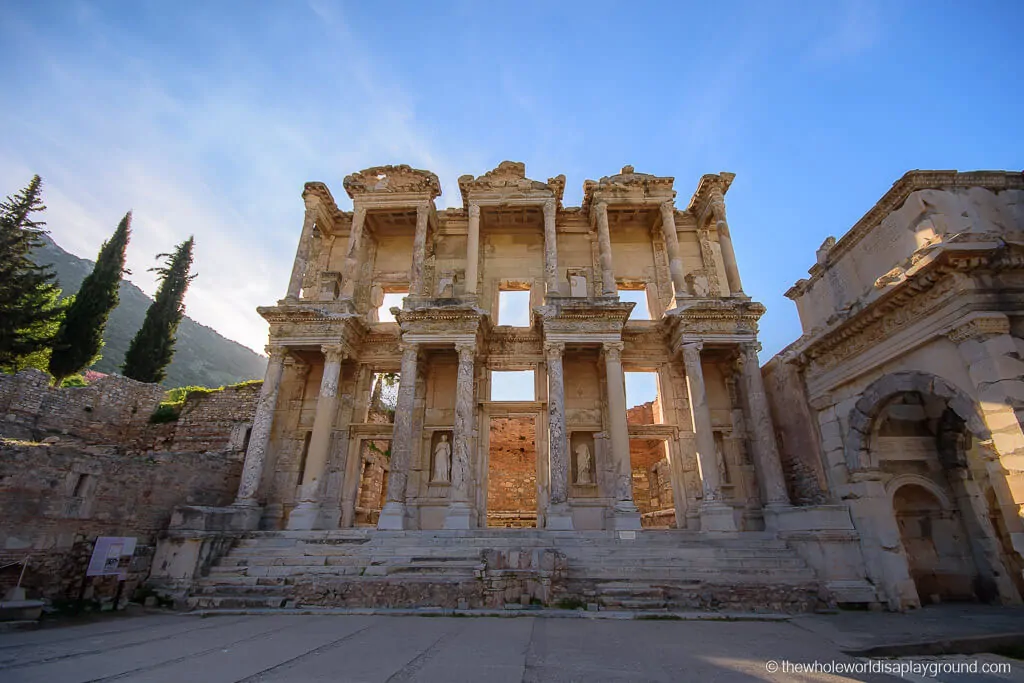
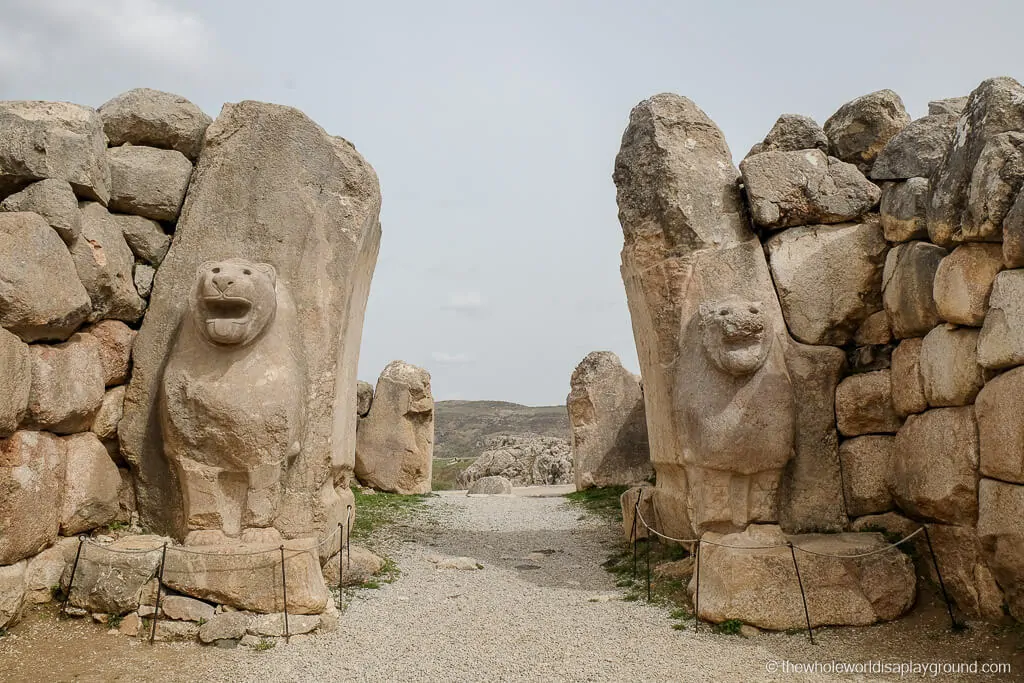
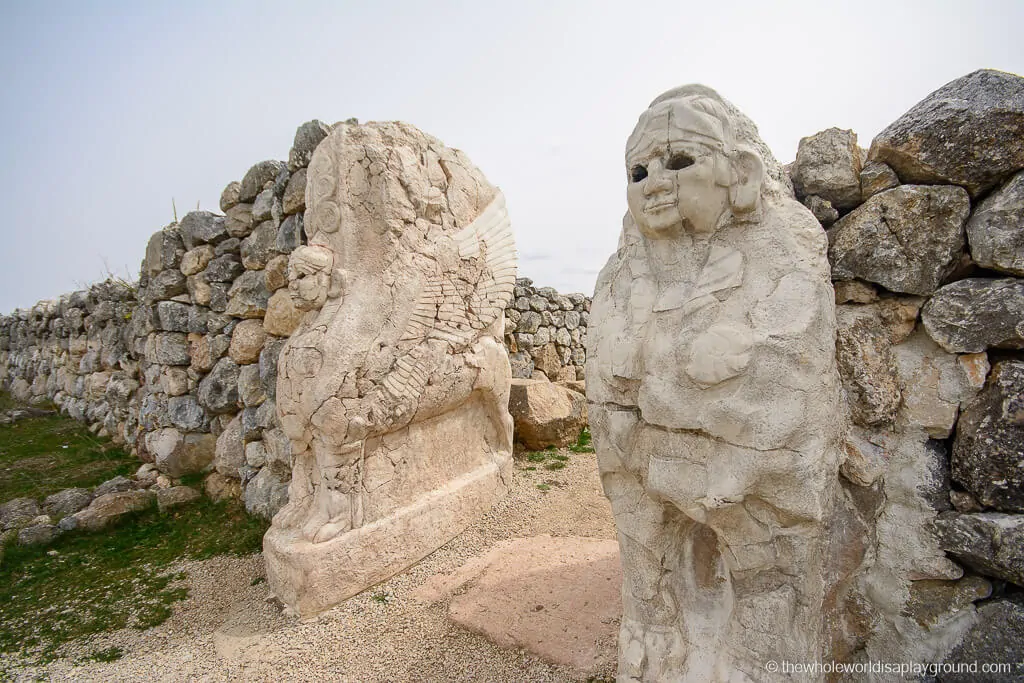
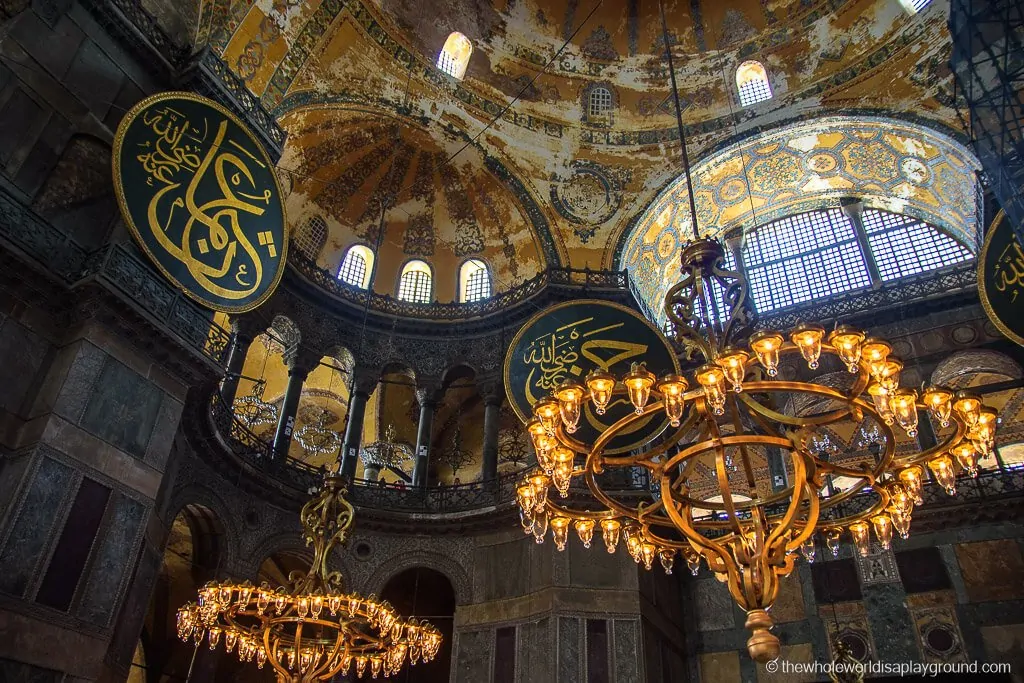
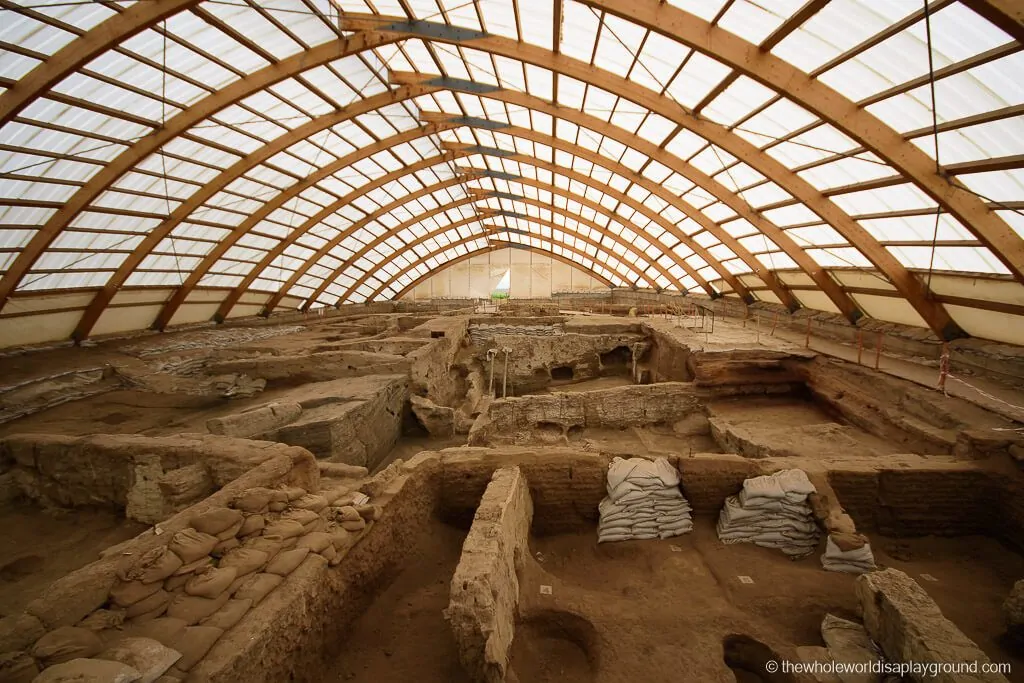
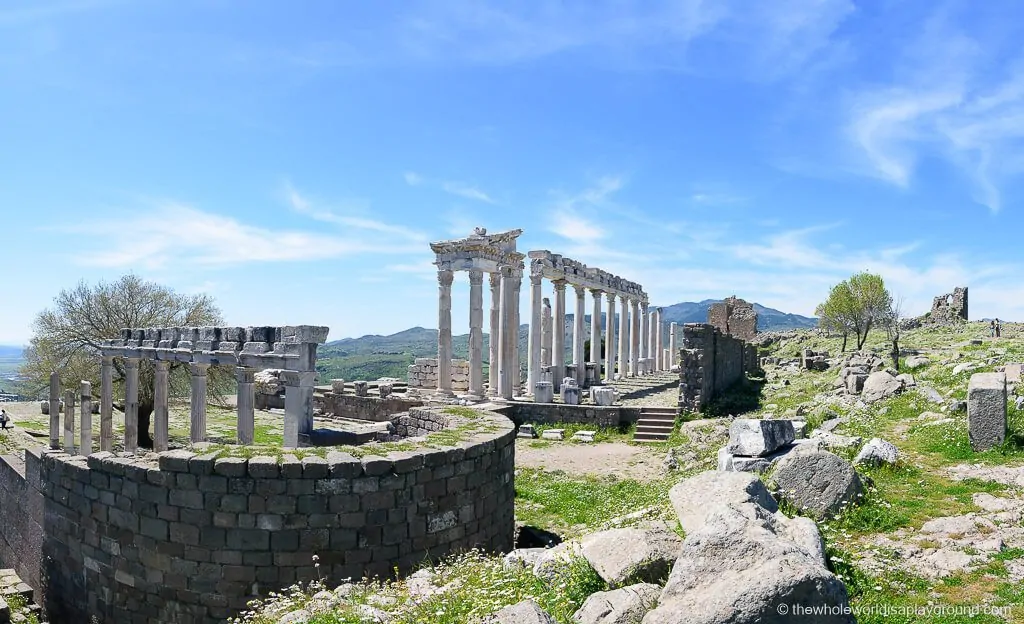
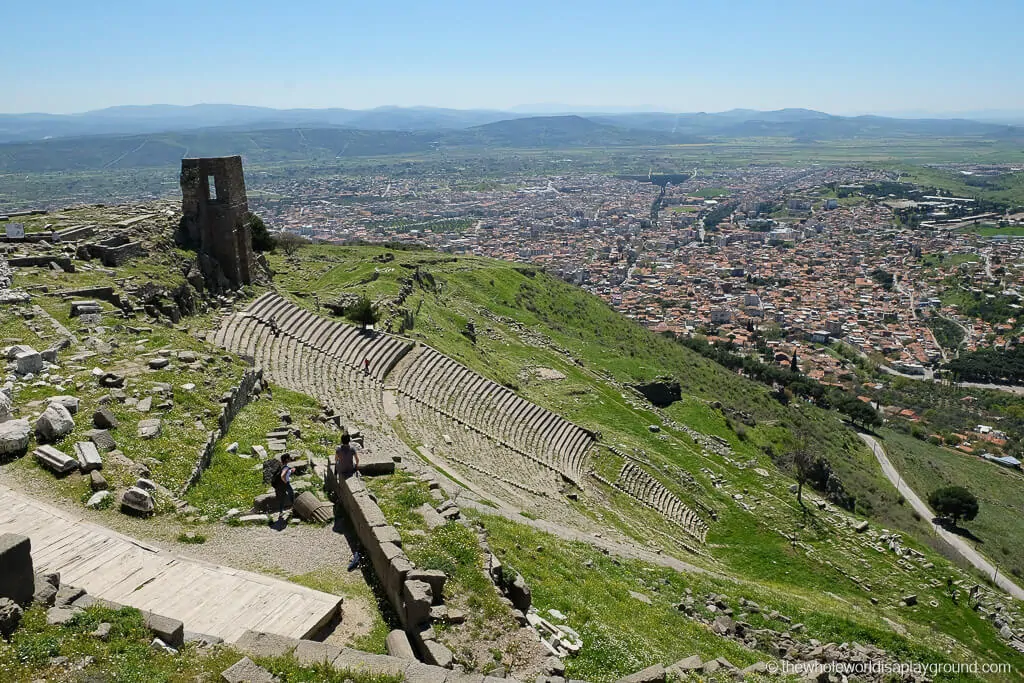
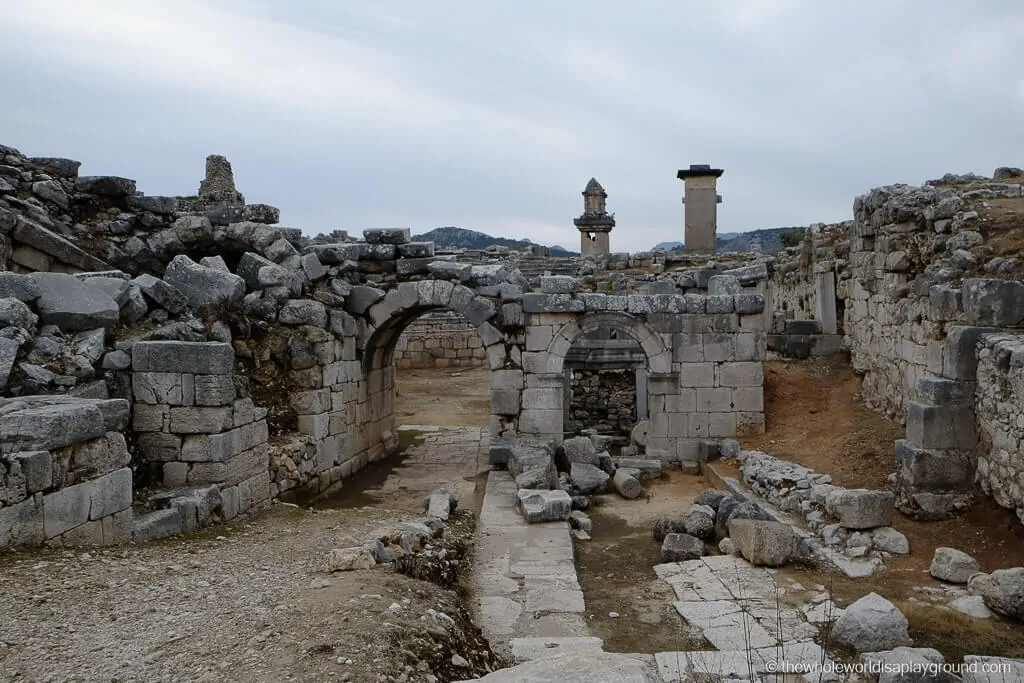
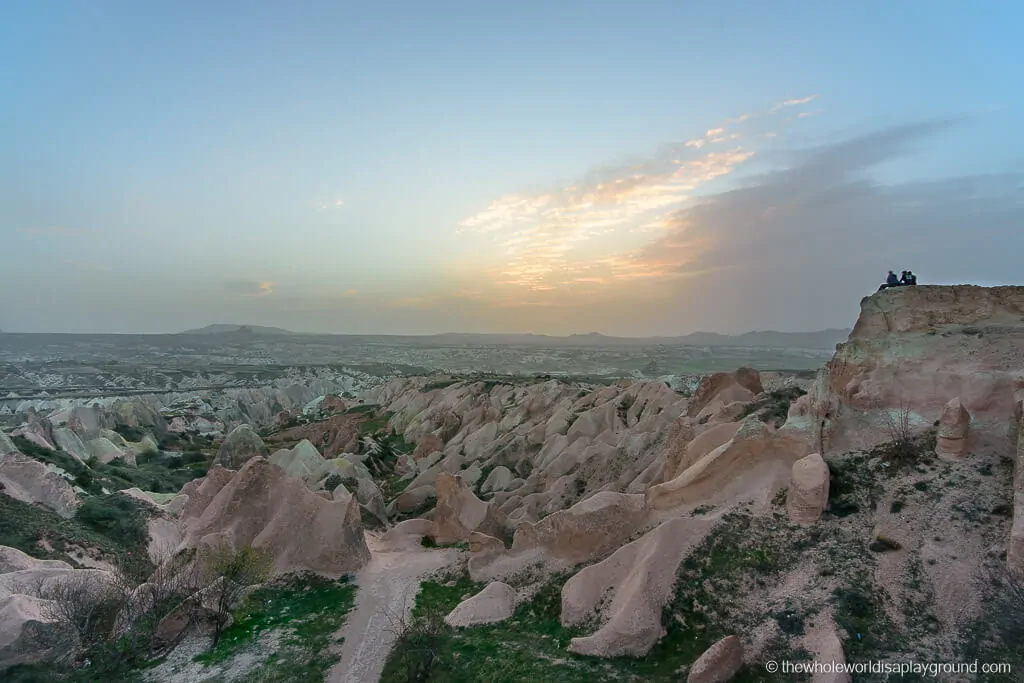
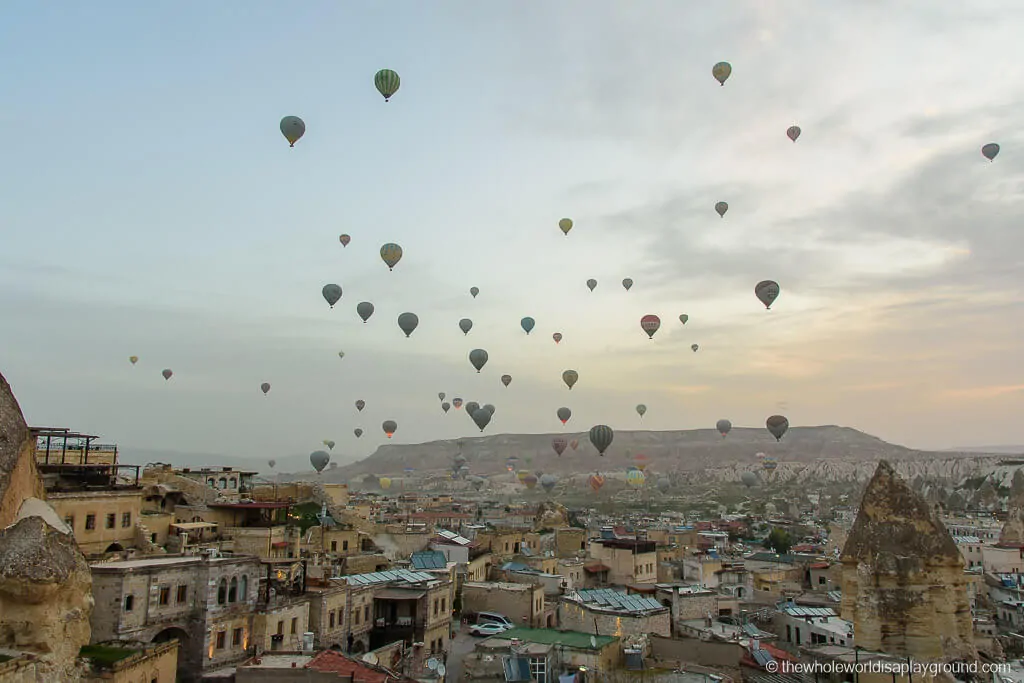
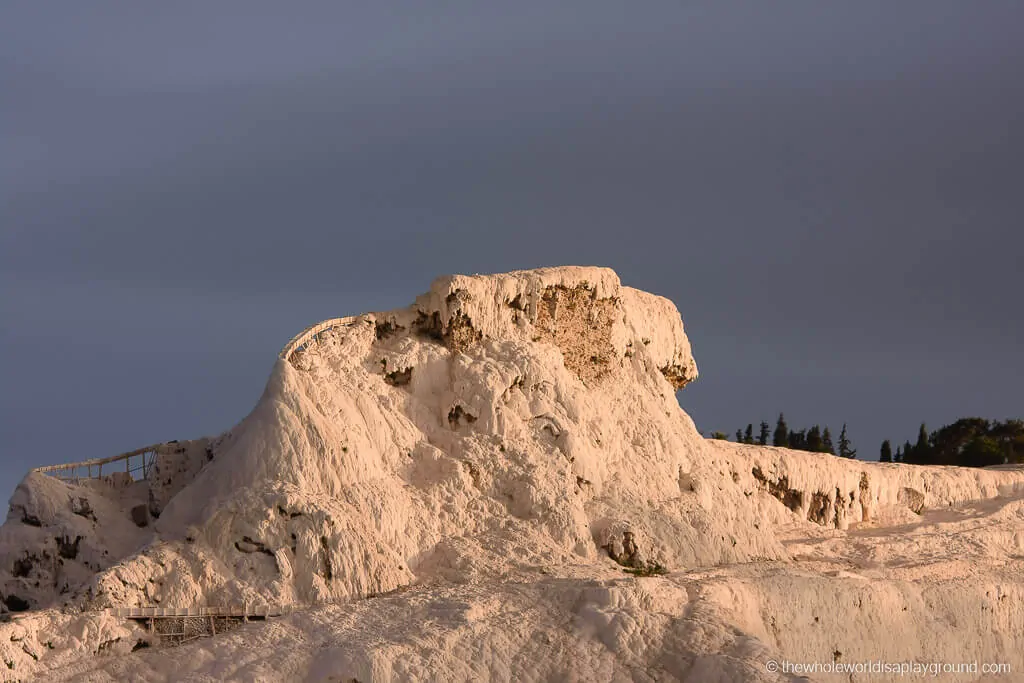
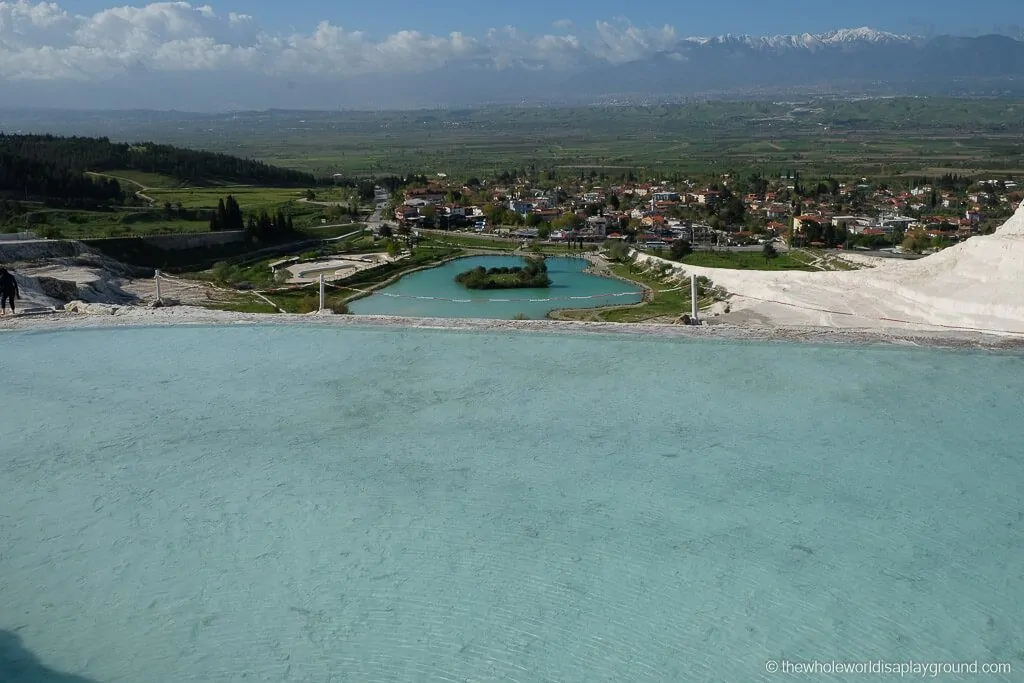
Can I get a 30 day heritage pass for Turkey?
Hi Alex
As far as I know there is only a 15 day museum pass.
Elaine